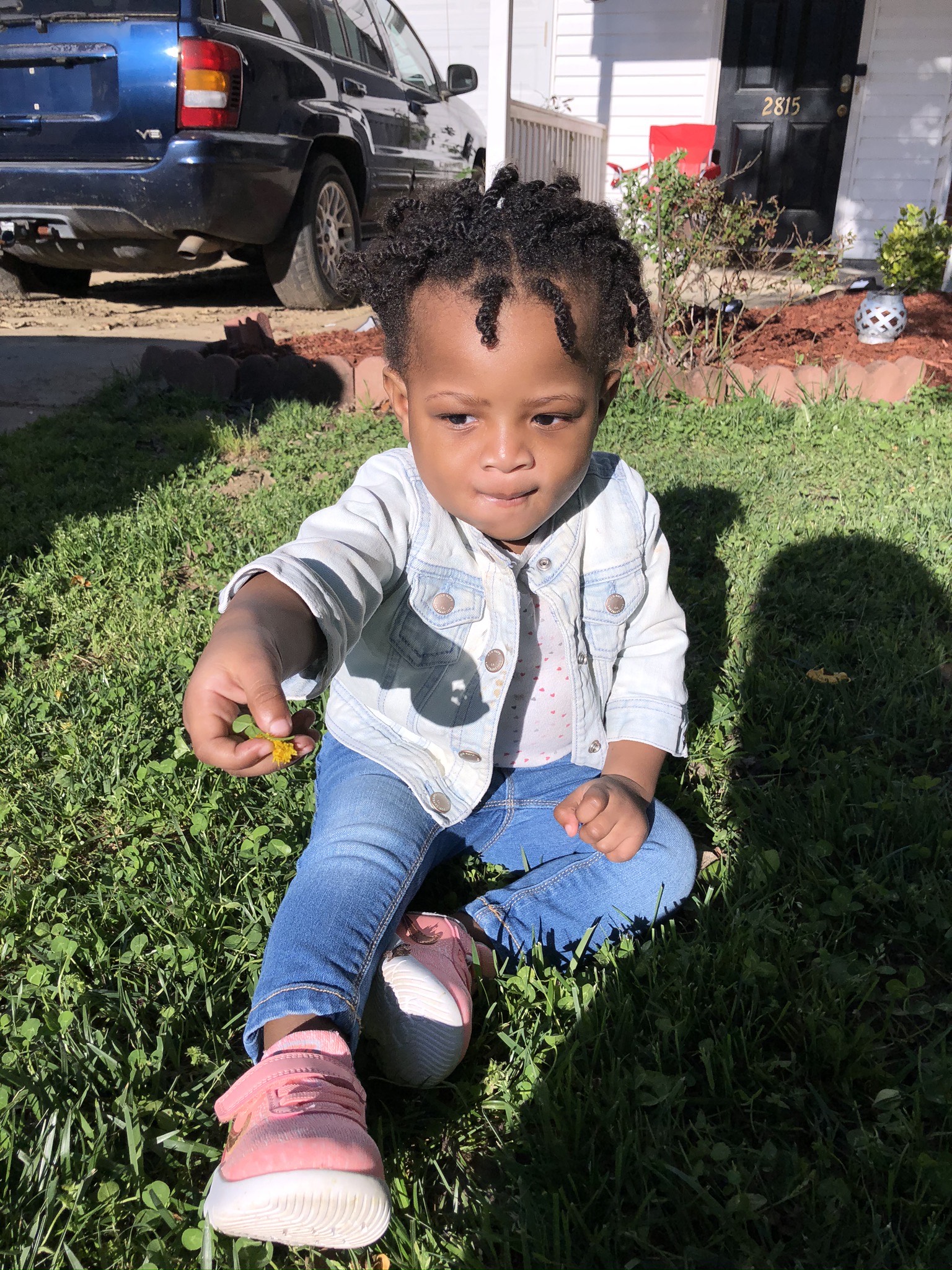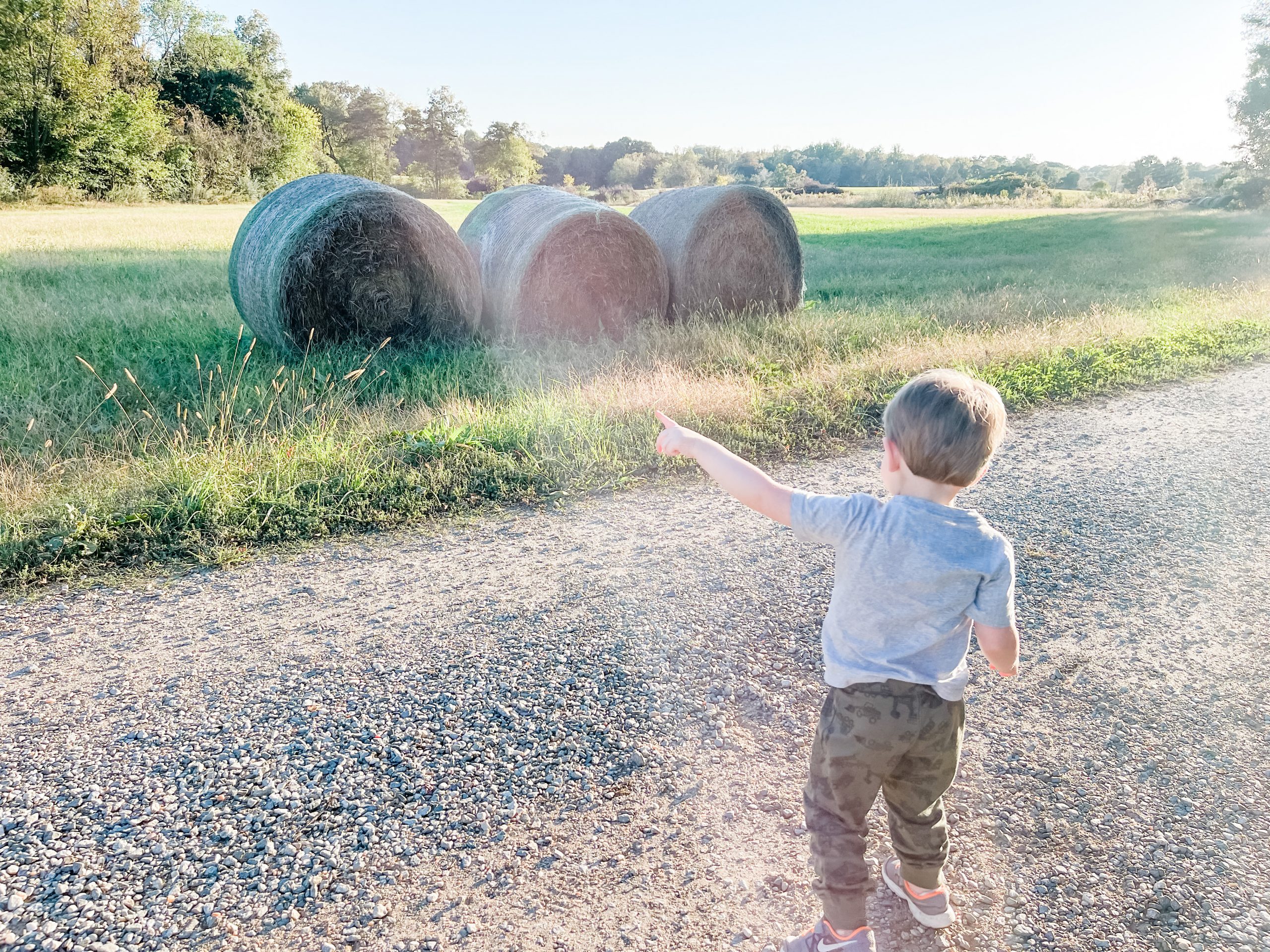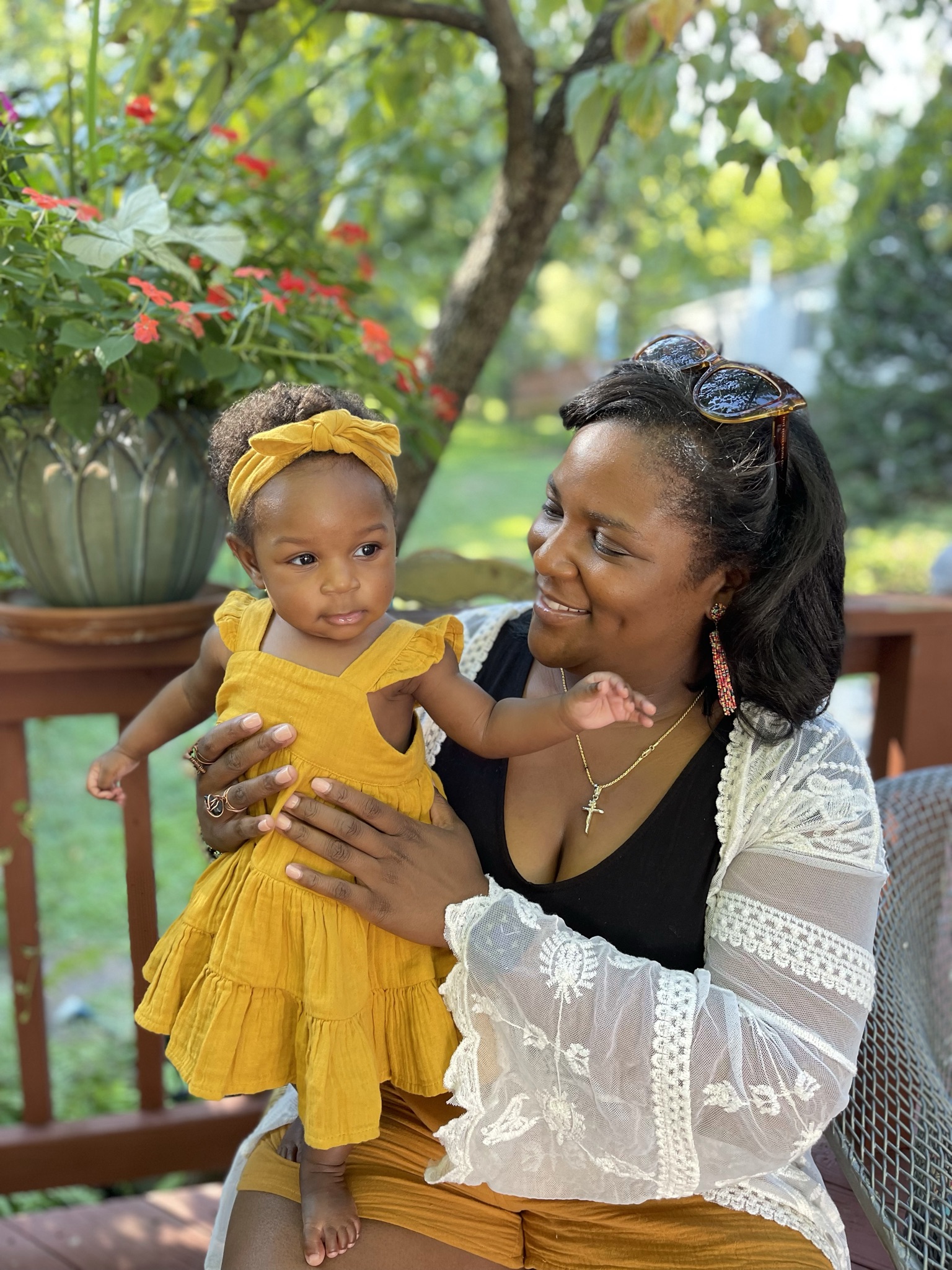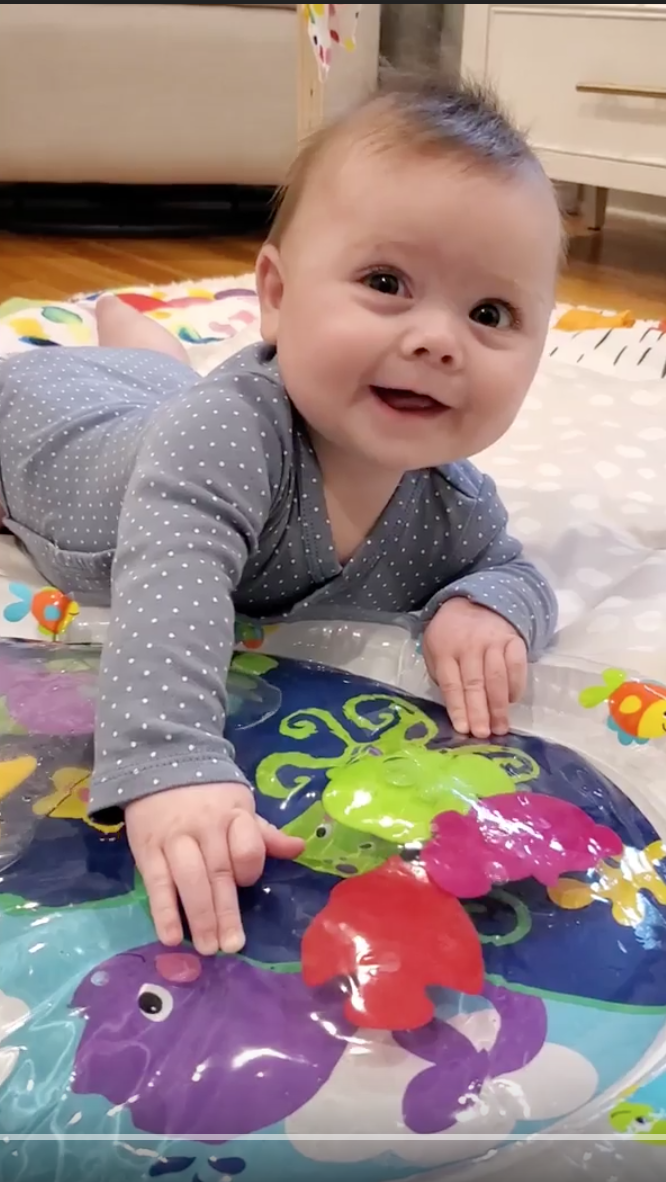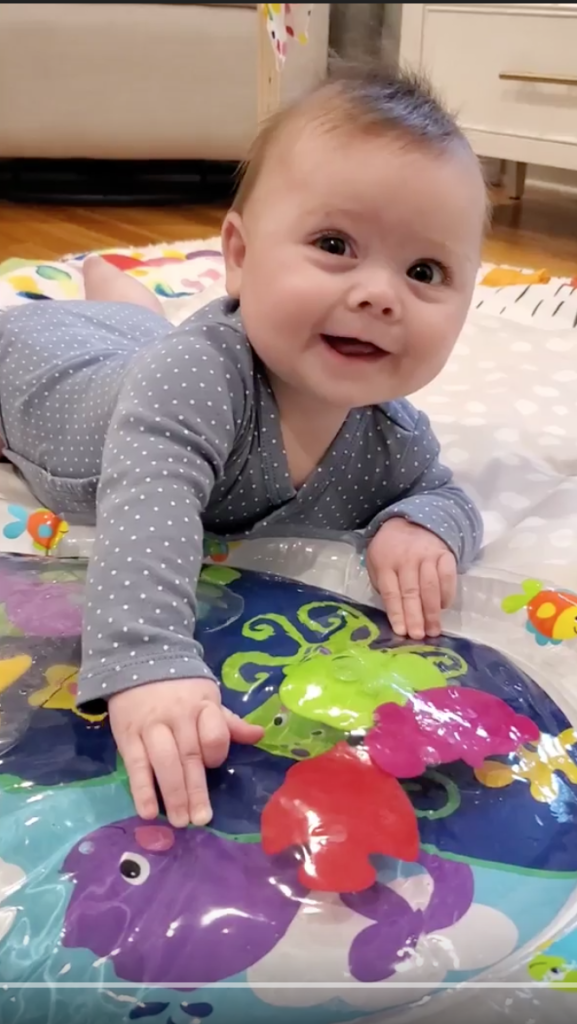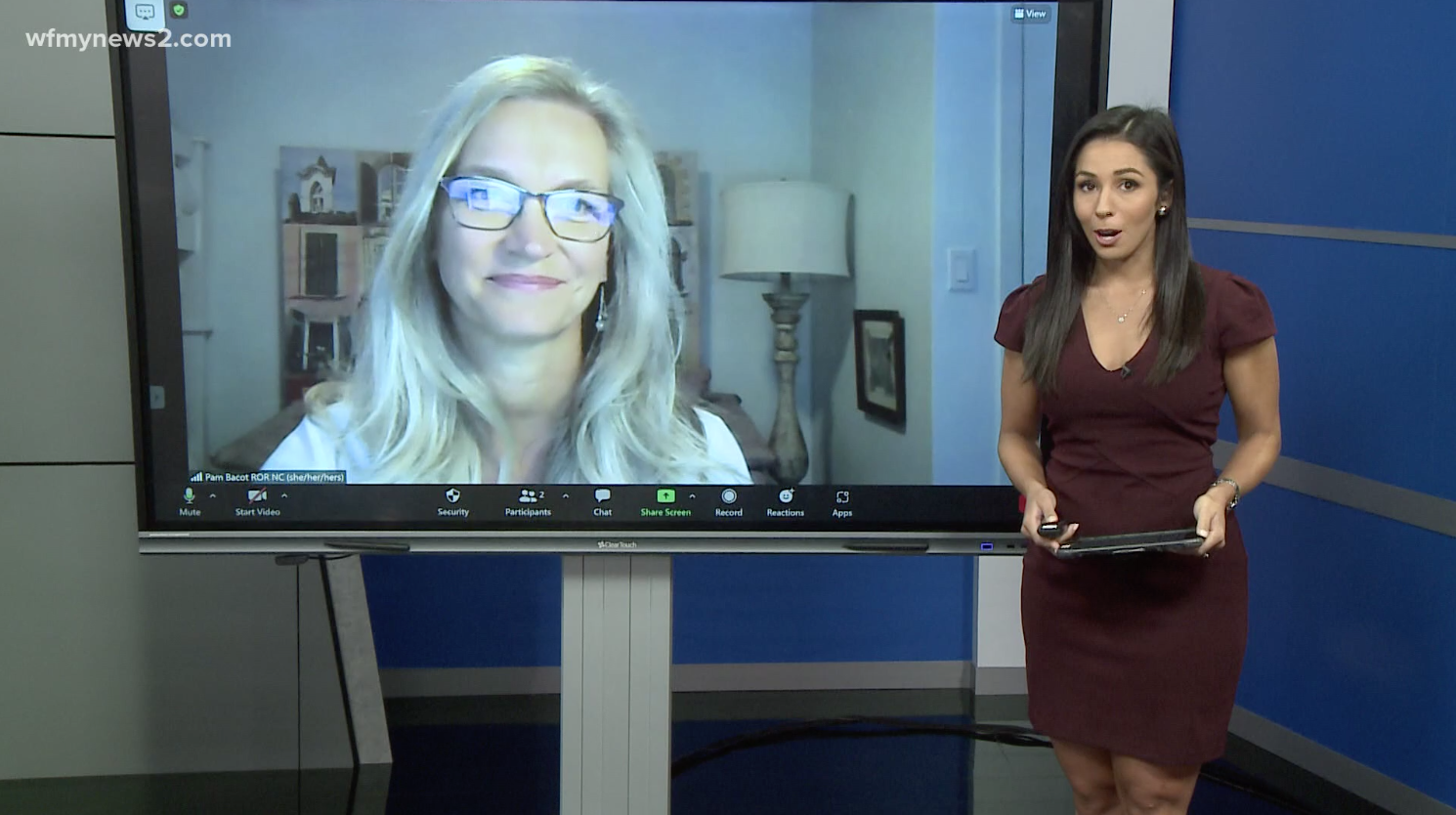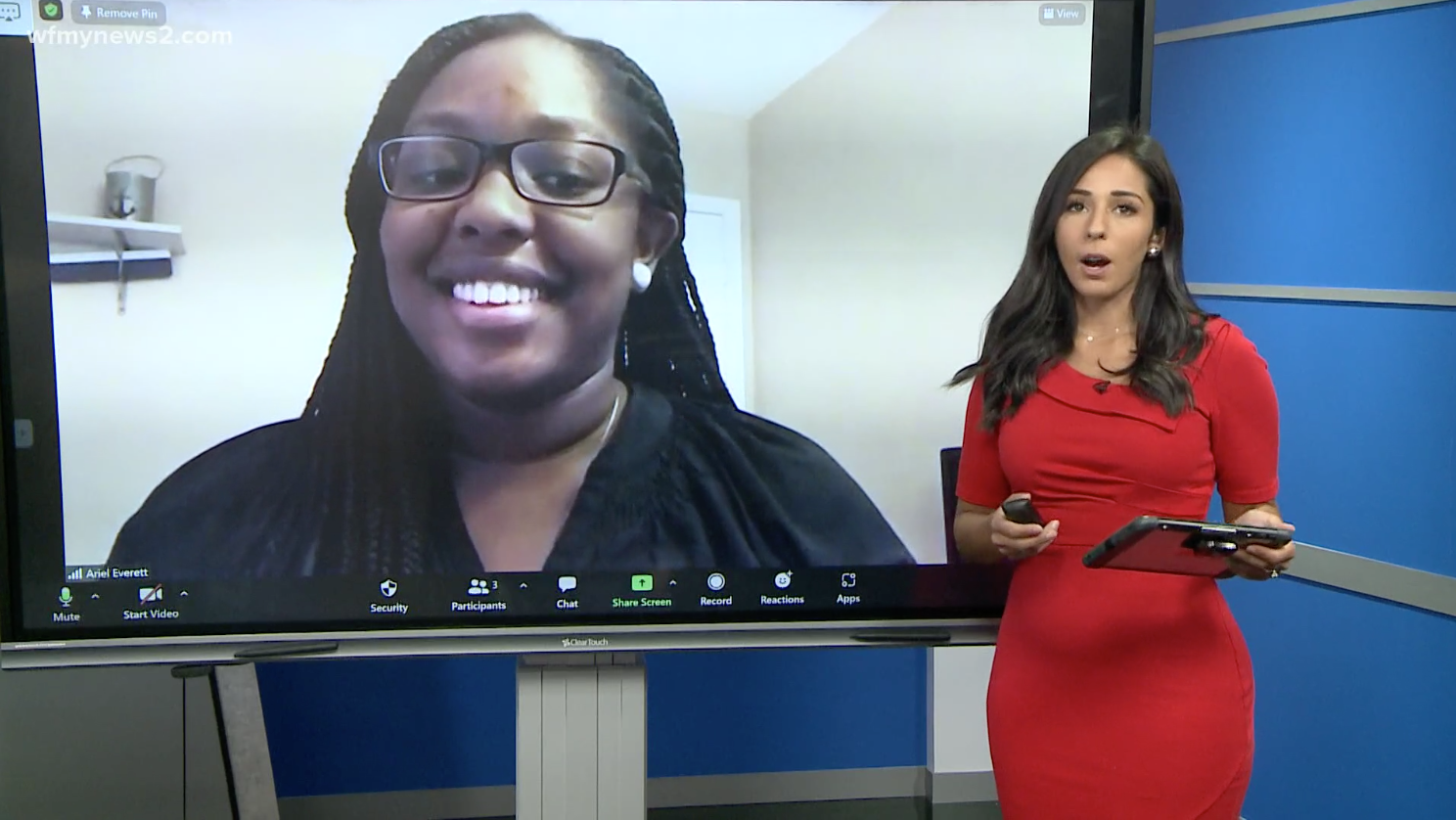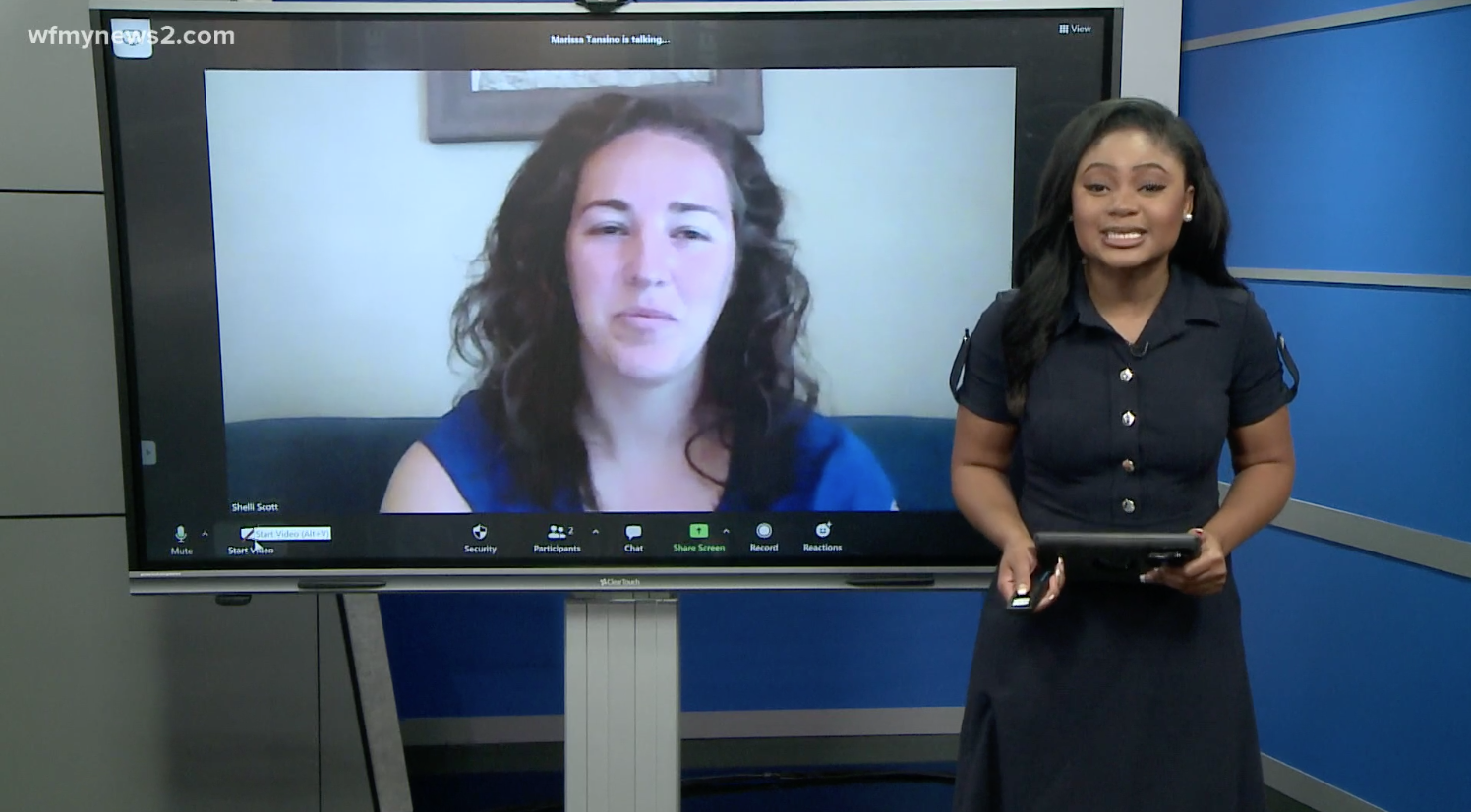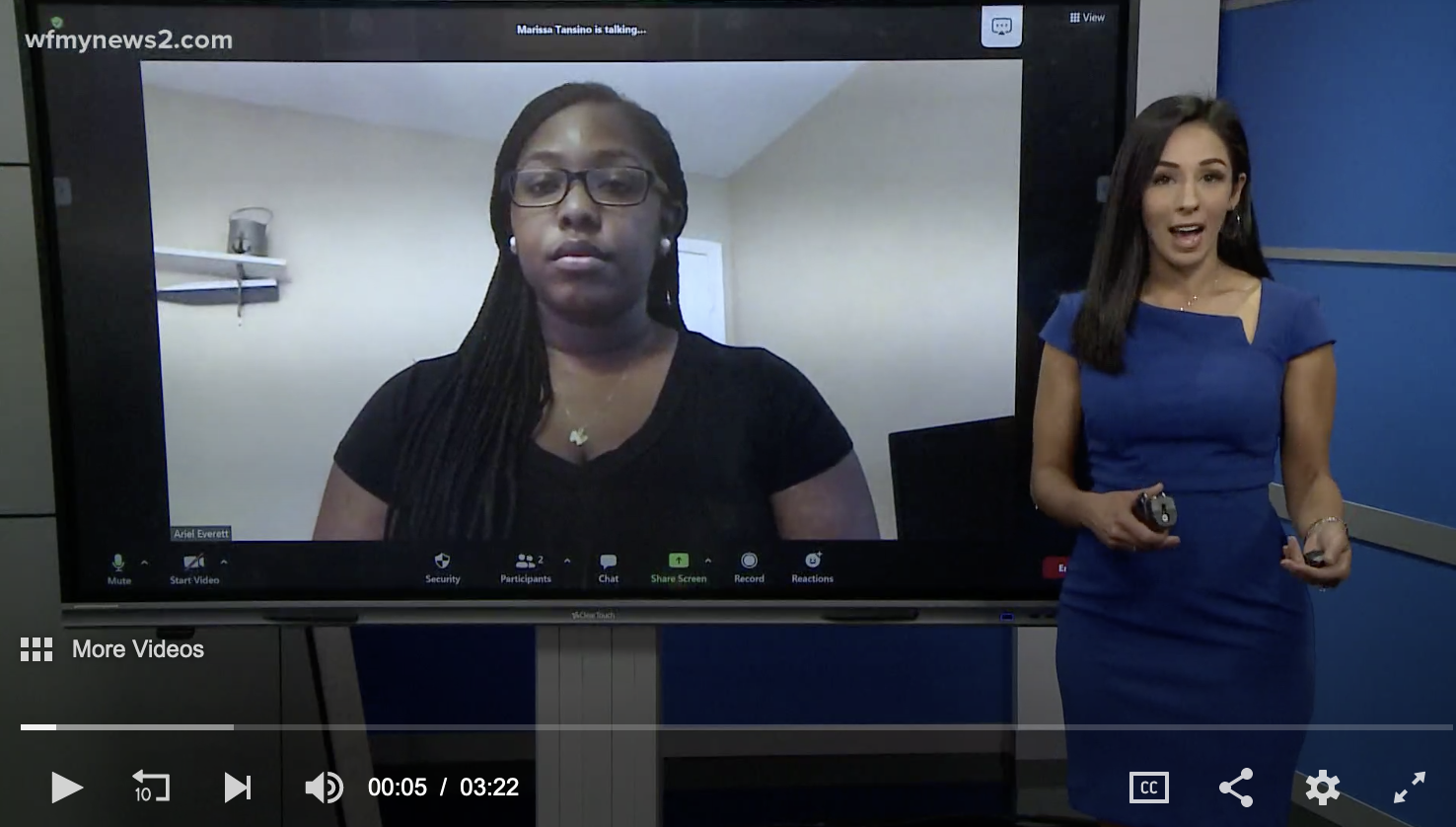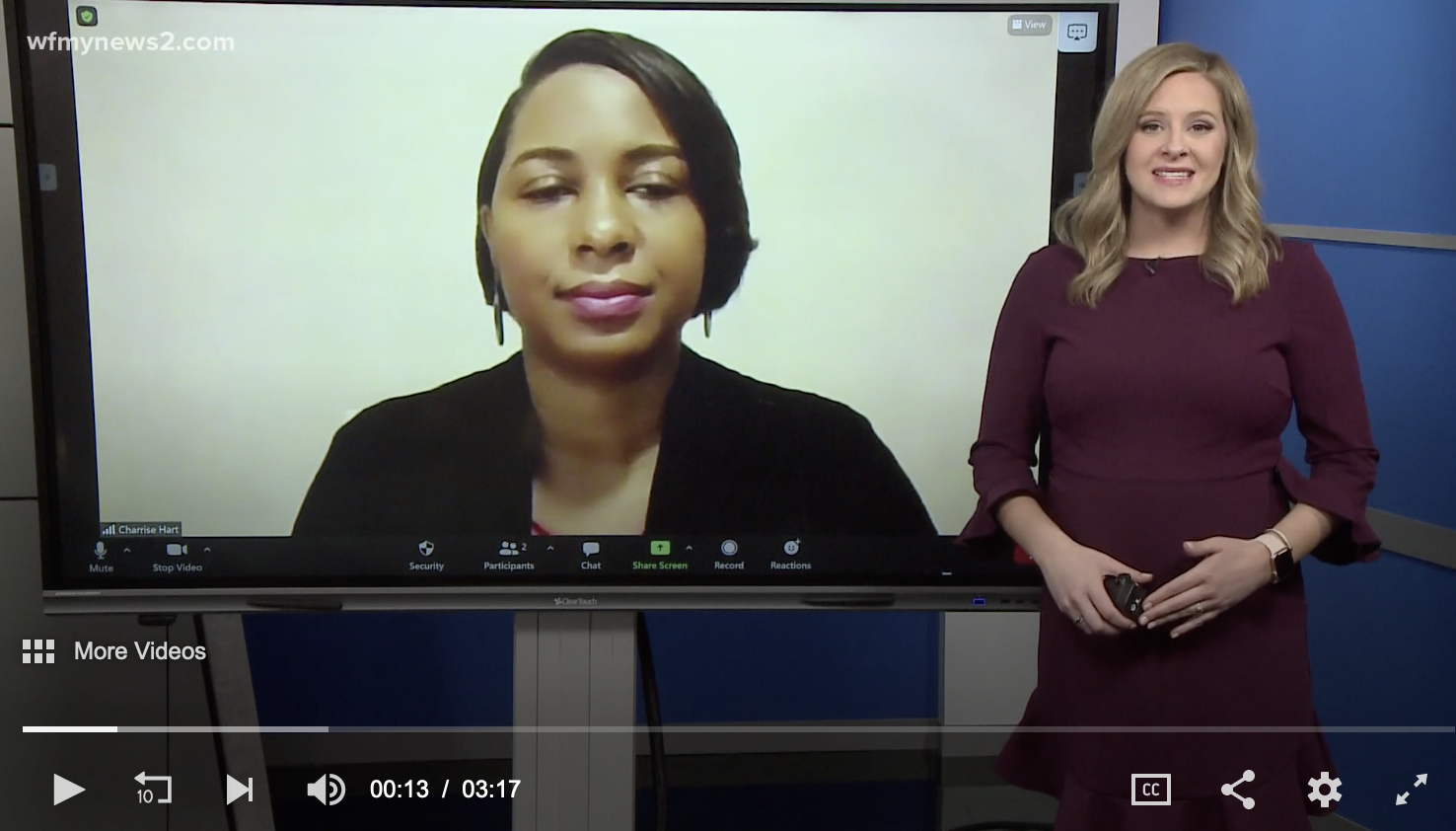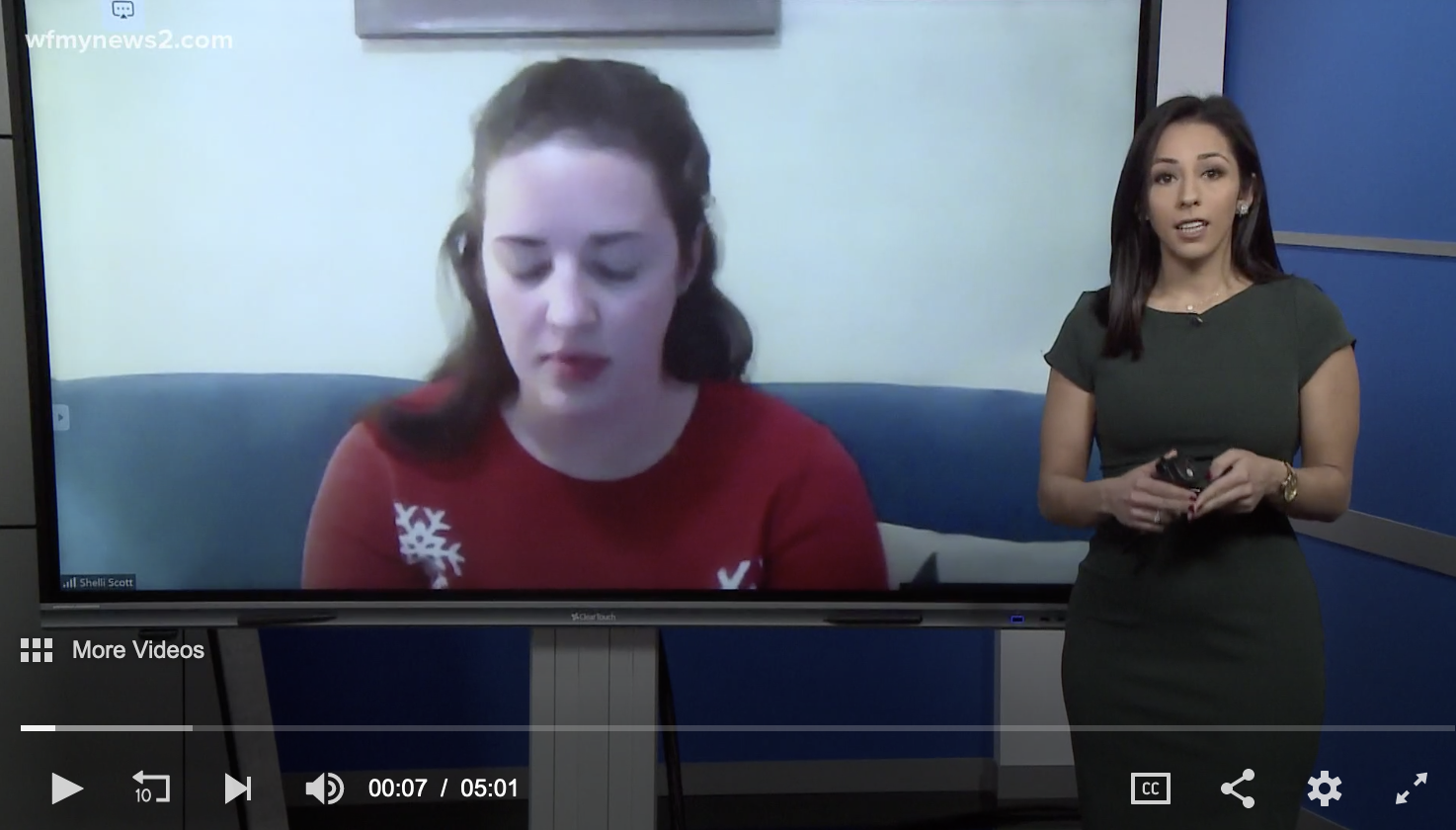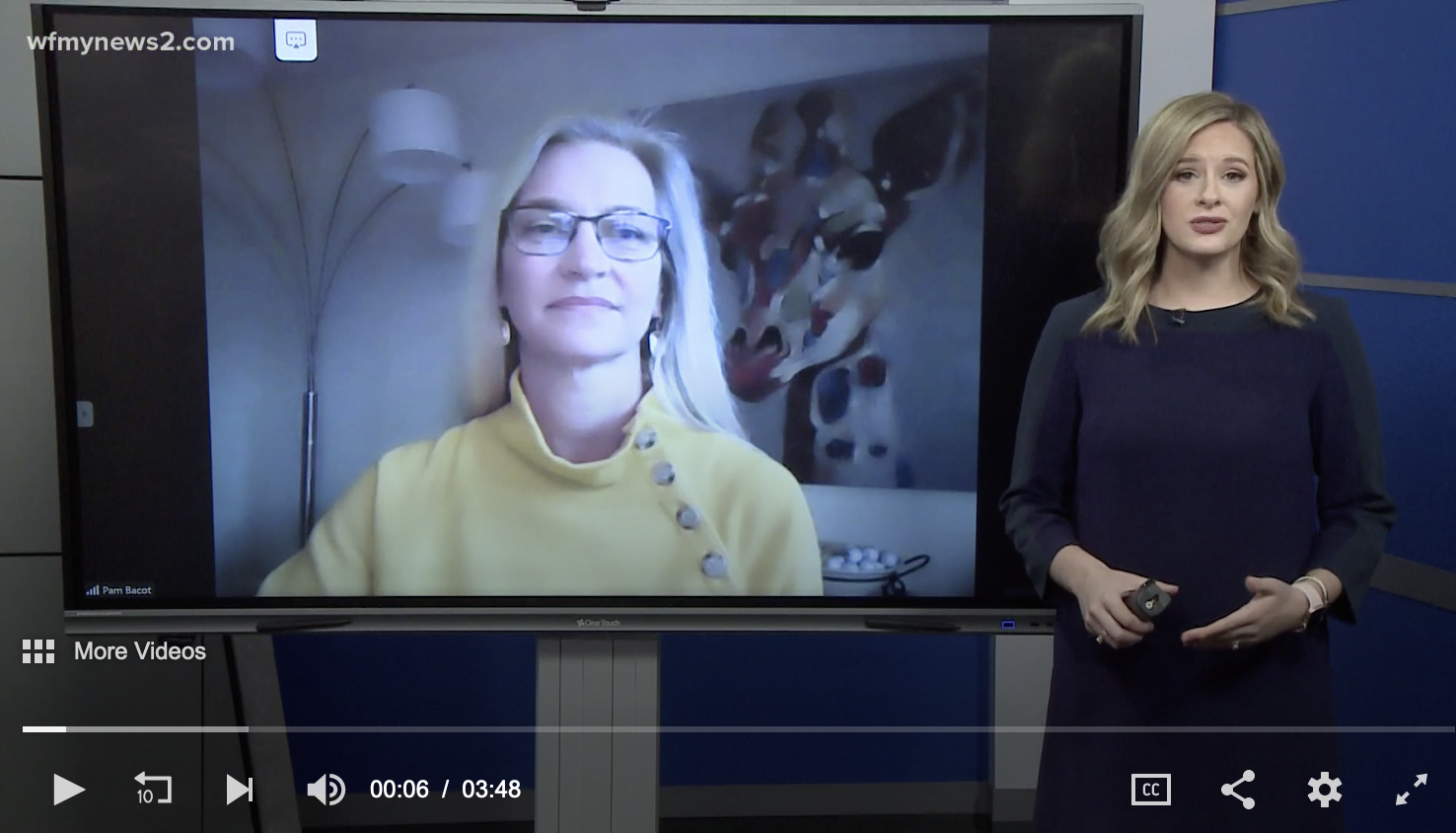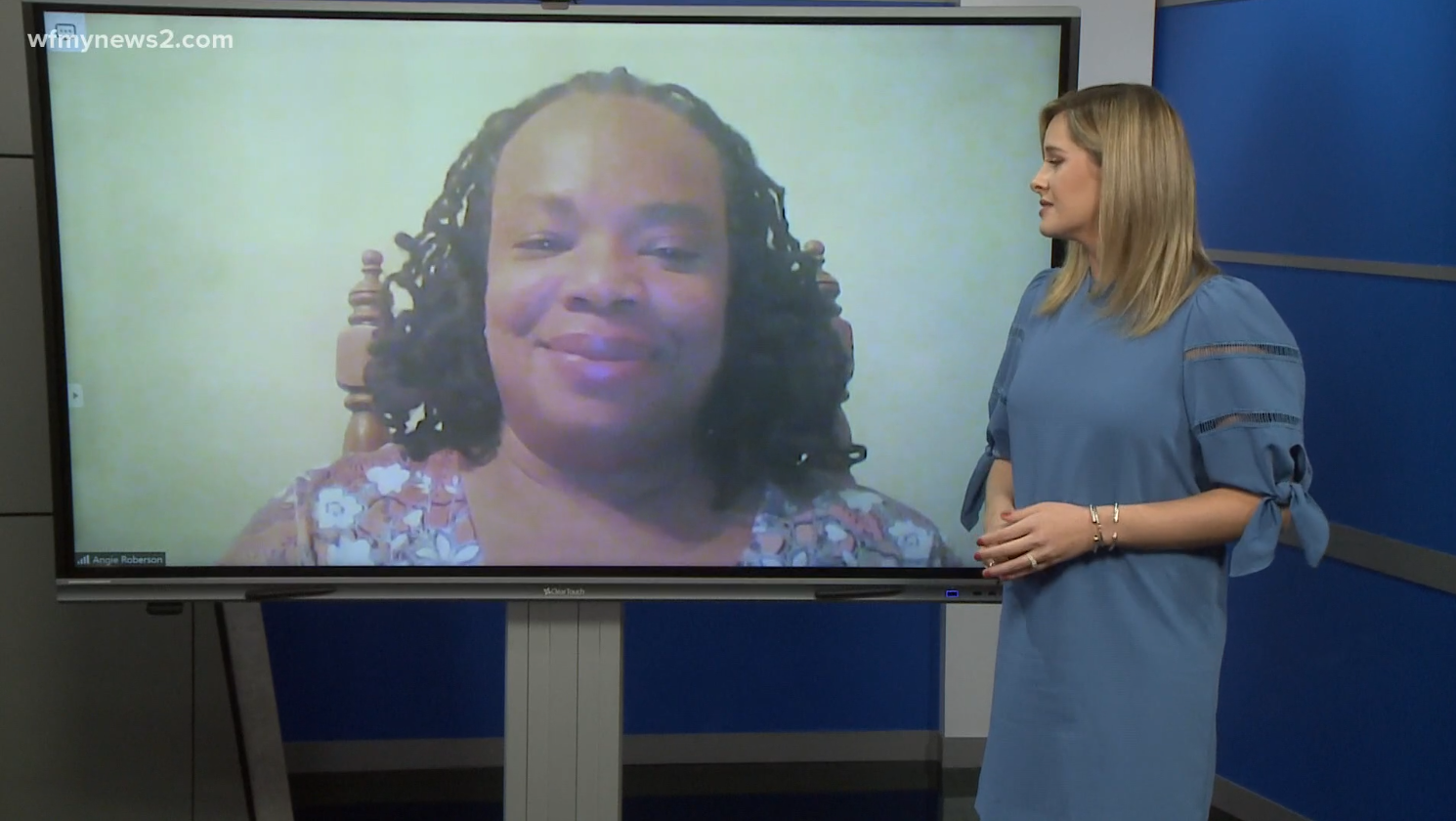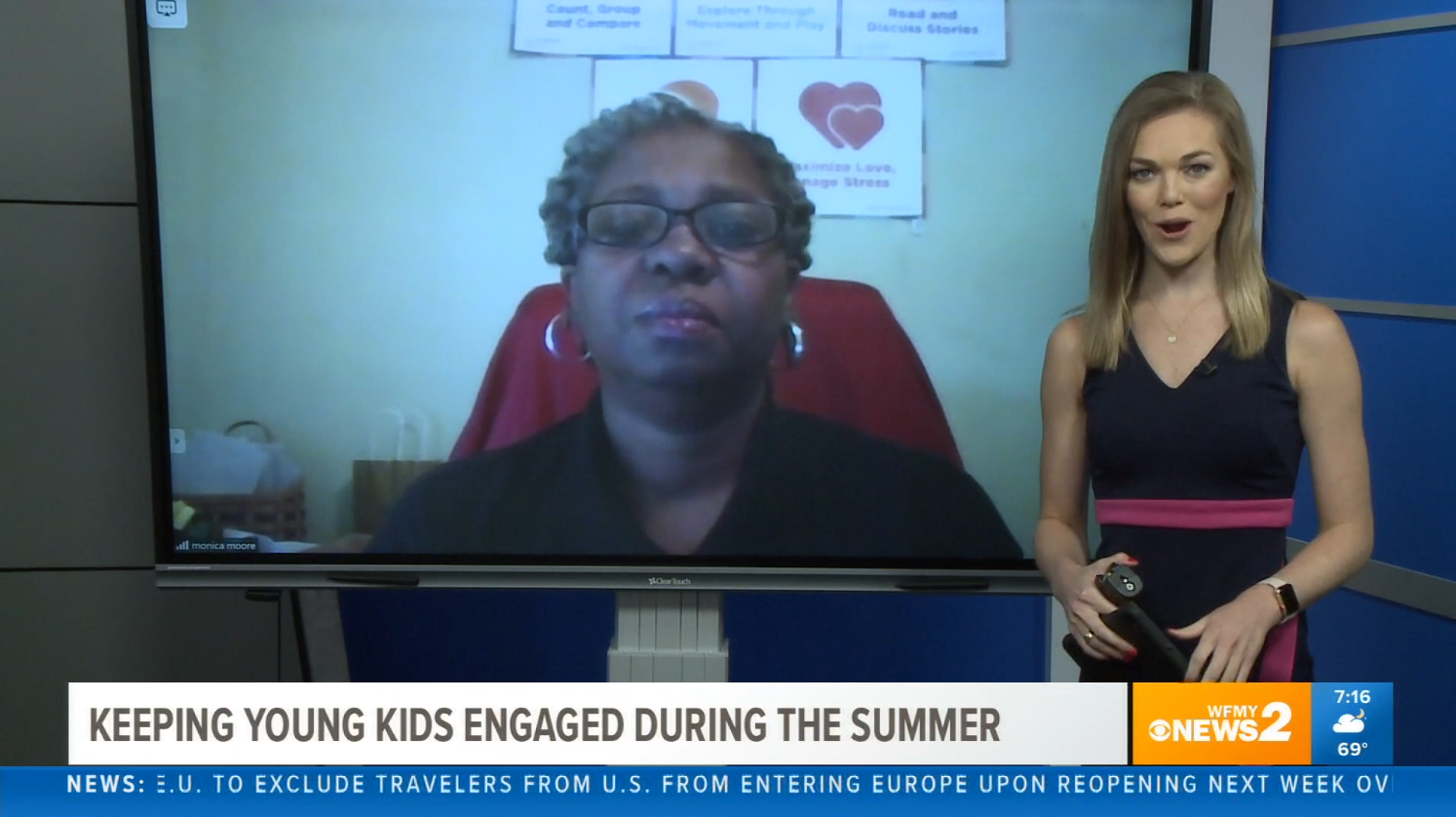The Grass is Green
By Glasher Robinson and Lionel Ray Robinson
Logan is our 2-year-old daughter and the youngest of our two children. Logan’s favorite place to be is outside! Today, while outside, Logan described the different colors, patterns and shapes present in our front yard.
“Daddy, the grass is green, and the sky is blue.” Of course, we were excited that she was able to differentiate between the sky and the grass, so we took it up a notch and asked her to count the objects in the yard, like leaves, after she identified them and described them by color. “Mommy, 1, 2, 3, 4 rocks. The rocks are brown”. This went on for a while before Logan decided to pull out her clack and draw. Quickly we were able to start a discussion on the difference between the brown, red and yellow triangles. Logan examined their sizes and number of corners, while Mommy focused on the difference between circles and squares. “A circle has no corners,” Logan explained to all of us during this memorable family interaction.

